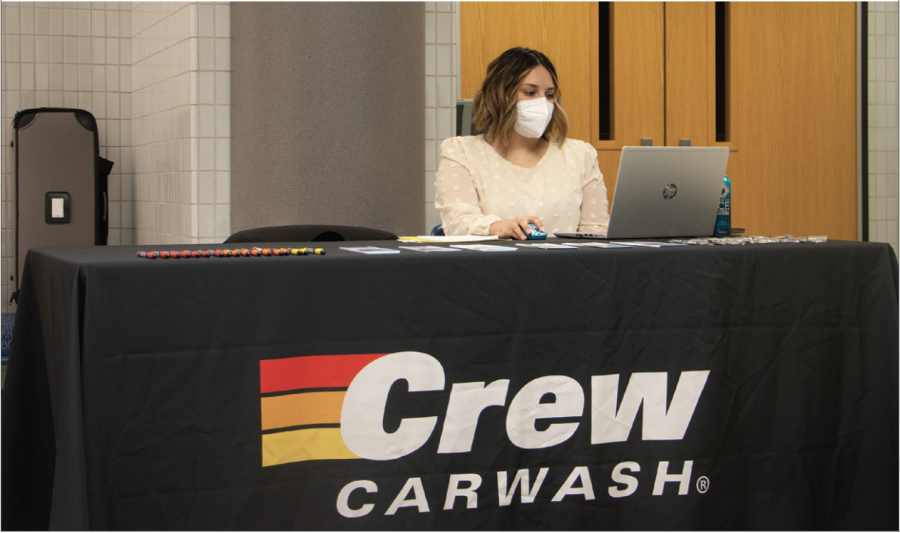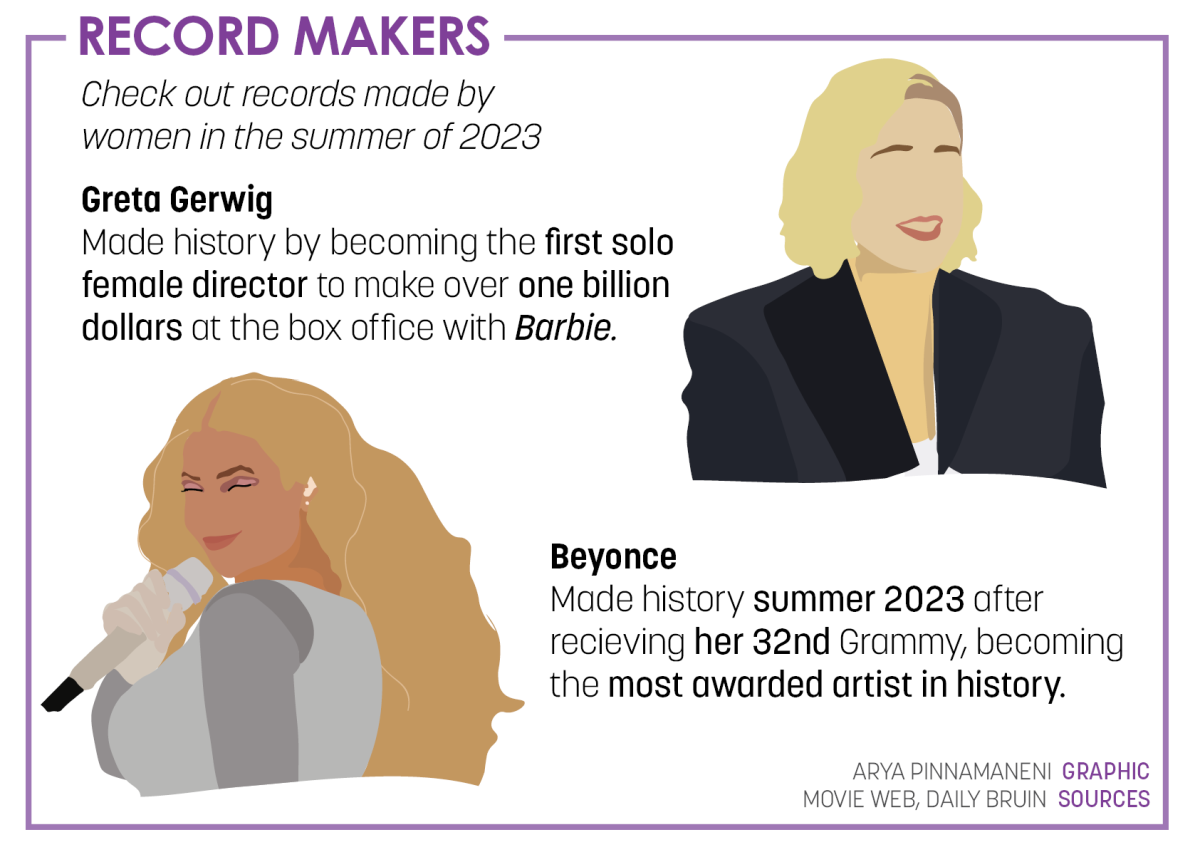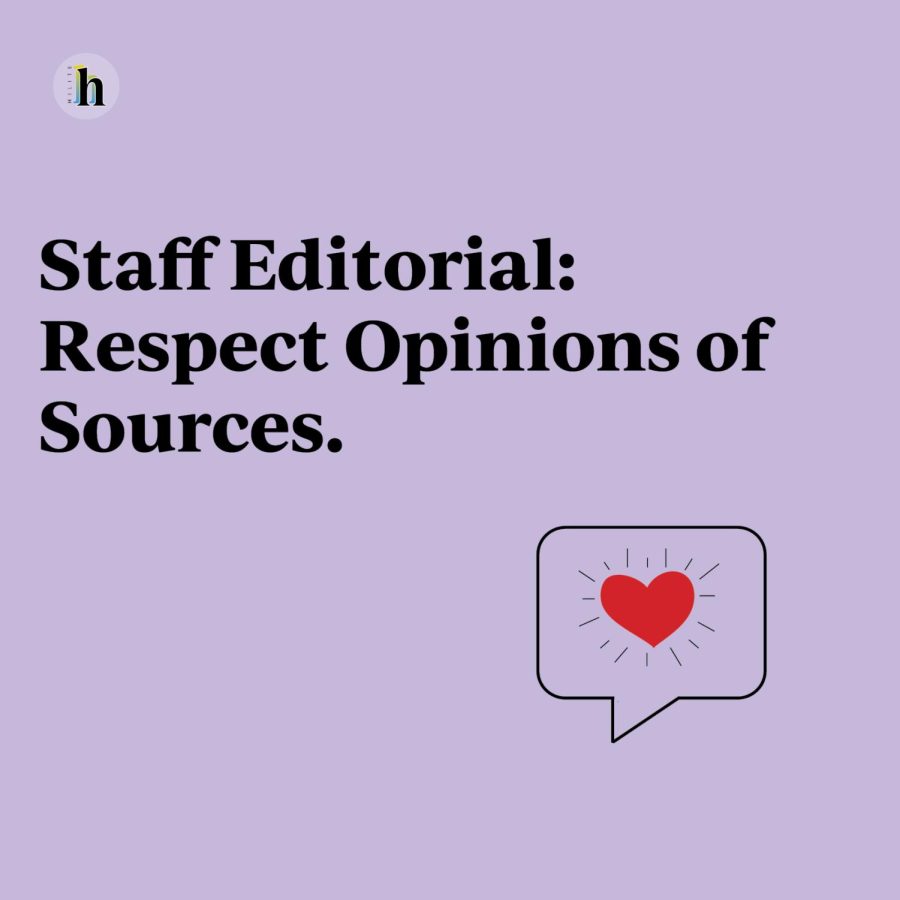In the past month, so many aspects of my life have changed.
The latest change? A few days ago I got more information on how my 6 AP exams would look this year. Instead of seeing information about multiple short answer questions for each subject that would aim to test both depth and breadth of understanding, I saw descriptions that told me there would be only one or two questions for each test. I was shocked; I could not believe that just two questions or one long essay would determine whether I got college credit or instead would have to pay hundreds of dollars to retake a class in college.
Don’t get me wrong. I commend the College Board for acting so quickly and putting together an at-home testing option, so students could still take a standardized test to hopefully earn college credit for the work that they have done all year. I appreciate the thought and effort its staff have put in so that these tests can be accessible to all and take into account the fact that many students, unfortunately, will use the at-home environment as an opportunity to cheat.
However, these tests are far from perfect. Specifically, I am skeptical of how much course content can actually be tested in under an hour. (And that’s without even mentioning the connection problems that will likely arise by up to 400,000 students submitting their responses at once on the same website.)
Even my unit tests in class are 90 minutes long, so how can 45 minutes possibly be enough time to test a whole year (in some classes 12 units) worth of content? I understand the need of a time-crunch environment to prevent cheating, but limiting the amount of content tested should not be the solution.
The test has already moved to a fully free-response, open-book format to minimize the effects of cheating. By limiting the amount of exam questions and thus limiting the amount of content tested, a student’s performance is no longer an accurate indicator of their holistic understanding of the material.
Yes, I understand that AP exams due to the COVID-19 situation cannot be administered like normal. But, nevertheless, there are still ways to make the most of this format. Maybe eliminating multiple-choice questions is a good decision, as it is hard to check if students cheated on those or not. But eliminating free-response questions does not have the same benefit. The online, typed format does come with advantages after all. Each essay response can be screened through software like TurnItIn that can be checked for plagiarism and similarities between submissions. Efforts like this would allow the College Board to administer longer at-home exams without a greater fear of cheating.
AP exams have in the past been seen as such a true indicator of student success because of how they test multiple skills and test content mastery in a variety of ways, giving options to all students. Right now, this shortened format prevents this from occurring as there are naturally students who are better at one type of essay over another, and yet the College Board can only choose one. For example, in my AP Language & Composition class, we started off the year working on the Rhetorical Analysis essay, based on literary and rhetorical devices, but for the majority of the year, we focused on the argumentative essays that make up ⅔ of the traditional AP exam score. However, the new AP exam for AP Language & Composition only includes the Rhetorical Analysis essay, disregarding the last 5 months of our instruction. But that’s not all: the new format also prevents students from using any testing strategies they had practiced with. In science classes, not only do students no longer have multiple-choice questions (which for people like me is the easier part of the test), but students also can’t choose how to divide up their time between the free-response questions based on which they feel most confident on because now students only see one question at a time, not knowing if the next question will be more up their alley or not. Additionally, some classes—like AP Seminar—now have no AP exam and are created scores based purely on submitted student work. This system is preferable compared to only using a one-timed essay to determine a score, but it could still be improved by including a test component to the submitted work. In any case, by allowing students to take all free-response questions and see them all at the same time, the College Board can continue to offer a level playing field to all its students.
Ultimately, I know that AP exams are not anybody’s top concern right now. The world and our country are facing difficulties much greater than any high school exam. In light of that, I hope the College Board reconsiders the shortened format of its exams in order to make sure that the $98 students pay per exam allows them to be tested in as effective, accurate, and stress-free a format as possible.
The views in this column do not necessarily reflect the views of the HiLite staff. Reach Rhea Acharya at [email protected].


































![British royalty are American celebrities [opinion]](https://hilite.org/wp-content/uploads/2024/03/Screenshot-2024-03-24-1.44.57-PM.png)



















![Chelsea Meng on her instagram-run bracelet shop [Biz Buzz]](https://hilite.org/wp-content/uploads/2024/04/IMG_2446-1200x838.jpg)
![Review: Quiet on Set: The Dark Side of Kids TV is the long awaited exposé of pedophilia within the children’s entertainment industry [MUSE]](https://hilite.org/wp-content/uploads/2024/04/unnamed.jpg)
![Review: “The Iron Claw” cannot get enough praise [MUSE]](https://hilite.org/wp-content/uploads/2024/04/unnamed.png)
![Review: “The Bear” sets an unbelievably high bar for future comedy shows [MUSE]](https://hilite.org/wp-content/uploads/2024/03/unnamed.png)
![Review: “Mysterious Lotus Casebook” is an amazing historical Chinese drama [MUSE]](https://hilite.org/wp-content/uploads/2024/03/0.webp)
![Review in Print: Maripaz Villar brings a delightfully unique style to the world of WEBTOON [MUSE]](https://hilite.org/wp-content/uploads/2023/12/maripazcover-1200x960.jpg)
![Review: “The Sword of Kaigen” is a masterpiece [MUSE]](https://hilite.org/wp-content/uploads/2023/11/Screenshot-2023-11-26-201051.png)
![Review: Gateron Oil Kings, great linear switches, okay price [MUSE]](https://hilite.org/wp-content/uploads/2023/11/Screenshot-2023-11-26-200553.png)
![Review: “A Haunting in Venice” is a significant improvement from other Agatha Christie adaptations [MUSE]](https://hilite.org/wp-content/uploads/2023/11/e7ee2938a6d422669771bce6d8088521.jpg)
![Review: A Thanksgiving story from elementary school, still just as interesting [MUSE]](https://hilite.org/wp-content/uploads/2023/11/Screenshot-2023-11-26-195514-987x1200.png)
![Review: When I Fly Towards You, cute, uplifting youth drama [MUSE]](https://hilite.org/wp-content/uploads/2023/09/When-I-Fly-Towards-You-Chinese-drama.png)
![Postcards from Muse: Hawaii Travel Diary [MUSE]](https://hilite.org/wp-content/uploads/2023/09/My-project-1-1200x1200.jpg)
![Review: Ladybug & Cat Noir: The Movie, departure from original show [MUSE]](https://hilite.org/wp-content/uploads/2023/09/Ladybug__Cat_Noir_-_The_Movie_poster.jpg)
![Review in Print: Hidden Love is the cute, uplifting drama everyone needs [MUSE]](https://hilite.org/wp-content/uploads/2023/09/hiddenlovecover-e1693597208225-1030x1200.png)
![Review in Print: Heartstopper is the heartwarming queer romance we all need [MUSE]](https://hilite.org/wp-content/uploads/2023/08/museheartstoppercover-1200x654.png)






















![Review: Ladybug & Cat Noir: The Movie, departure from original show [MUSE]](https://hilite.org/wp-content/uploads/2023/09/Ladybug__Cat_Noir_-_The_Movie_poster-221x300.jpg)

![Review: Next in Fashion season two survives changes, becomes a valuable pop culture artifact [MUSE]](https://hilite.org/wp-content/uploads/2023/03/Screen-Shot-2023-03-09-at-11.05.05-AM-300x214.png)
![Review: Is The Stormlight Archive worth it? [MUSE]](https://hilite.org/wp-content/uploads/2023/10/unnamed-1-184x300.png)





